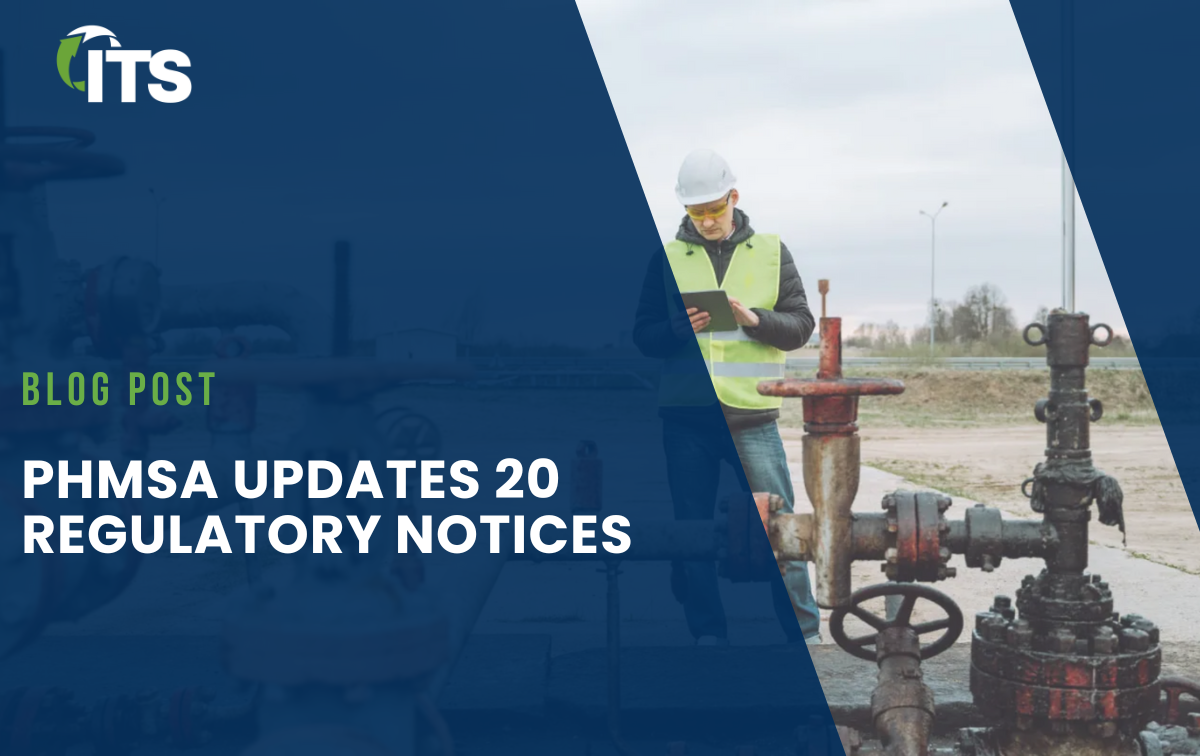The natural gas industry is focused on the latest Leak Detection and Repair (LDAR) Notice of Proposed Rule Making (NPRM) and the PHMSA GPAC meetingsdiscussing the finer details of what is expected to be required in a Final Rule. These meetings gather industry, government, and private sector interests to recommend regulatory language for PHMSA’s final rule.
While nothing is settled yet, many operators are proactively planning for the increased scrutiny of their leak detection standards. Here are a few guidelines we’ve found most helpful in our discussions with Subject Matter Experts and gas industry leaders.
FOCUS ON TRAINING
For instance, if an operator’s training team discovers the majority of leaks on their facilities happen during excavation, they can analyze OQ knowledge exam fail rates and create targeted training opportunities. trainers can review their company’s remediation policies related to:
- What happens when someone fails a test?
- What can be done to address gaps in knowledge or ability?
In addition, if an operator knows that the majority of hazardous leak situations will arise when there’s excavation, they can review their pipeline repair courses and procedures, such as squeezing off a line, to ensure they follow the best practices.
Training based on best practices in the industry will prepare workers to safely repair leaks and, hopefully, to prevent them from happening in the first place.

RESPOND APPROPRIATELY
During the latest Regulation Navigation on the November/December 2023 GPAC meeting (tune in to the March 2024 meeting as well), Warren Miller of ITS noted that leak grading is not just determined by size, but by location. Under the new LDAR NPRM, flow rate is expected to be an added factor as well.
Many publicly-owned gas companies are moving to a one year turnaround for leak repairs in anticipation of PHMSA adopting LDAR’s criteria for faster responses on grade 2 leaks. When preparing for the new regulations for gas pipeline leaks, your response criteria is expected to change in the near future.
CONTINUOUS IMPROVEMENT
An effective PSMS calls for a safety culture of analysis and improvement. Taking action includes training and building awareness that adapts to new challenges, changes in regulation, and shifts in technology.
For instance, a 3-to-4-year training cycle ensures that your training program matches new requirements and keeps your workforce on the cutting edge.
ITS HAS SOLUTIONS FOR YOU
Get the most important takeaways from GPAC LDAR March meeting by attending our next quarterly Regulation Navigation on May 15, 2024.
Learn more about the off-the-shelf PSMS course developed by the Gas Technology Institute (GTI) and ITS.



